The drummers that made Big Band swing; part 1
Pete Cater's guide to the great players who made dance halls swing
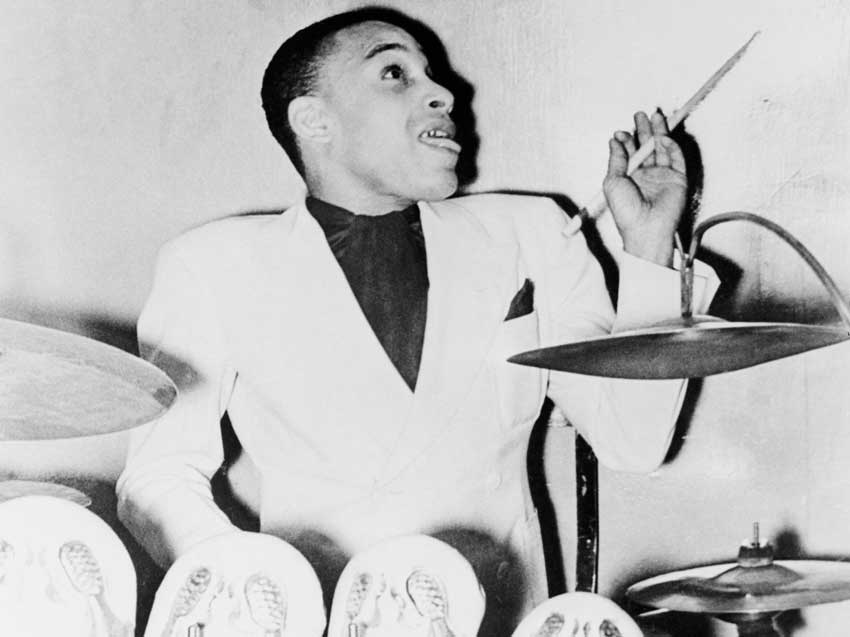
Chick Webb
A name spoken with awe by his contemporaries and those who followed him, Chick Webb was undoubtedly an intuitive rhythmic genius. He triumphed over the adversity of disability and in his short life left a legacy of recordings, which sound remarkable even today. Power, energy, creativity and breathtaking facility were his trademarks. Disabled and short of stature, Webb nevertheless cast a giant shadow from his residency at Harlem’s Savoy Ballroom and changed the life of every drummer fortunate to see him play live.
Key tracks: Chick Webb And His Orchestra, ‘My Wild Irish Rose’, ‘Liza’, ‘Harlem Congo’
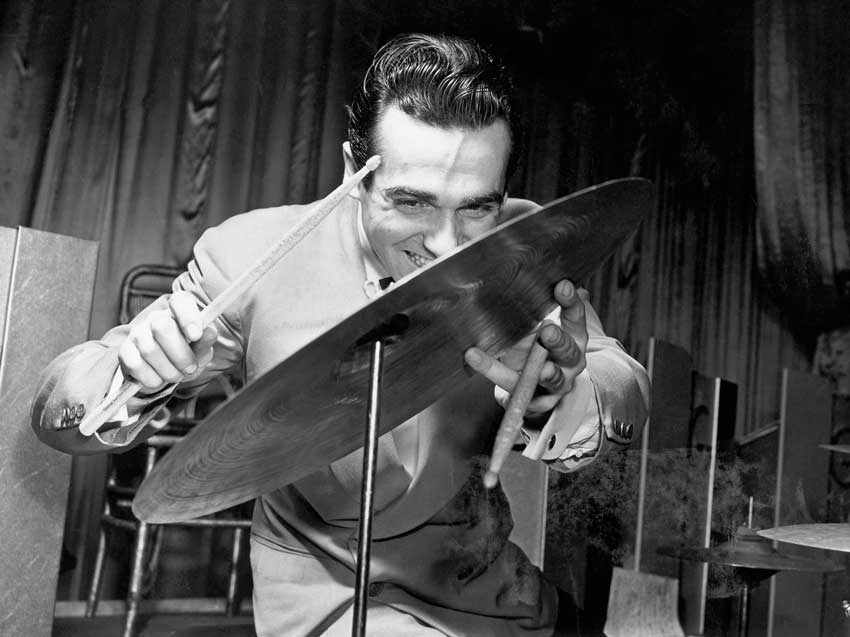
Gene Krupa (1909-1973)
Arguably the biggest ‘drum star’ of them all. Krupa cut his musical teeth in the bustling Chicago Jazz scene of the late 1920s but it was as a star sideman with Benny Goodman’s orchestra that Gene achieved national and international acclaim, and the legendary recording ‘Sing Sing Sing’ blazed a trail in the evolution of the drum solo.
An extraordinarily charismatic man whose appeal extended far beyond specialist music fans, inevitably Krupa branched out as leader of his own big band in 1938. He had a unique career with recordings, live appearances and frequent cameos in Hollywood motion pictures. After the big band era had waned he led many small groups and was a regular on Norman Granz’s ‘Jazz At The Philharmonic’ concert tours through the ’40s and ’50s.
Key tracks: Benny Goodman And His Orchestra, ‘Sing, Sing, Sing’; Gene Krupa Orchestra, ‘Leave Us Leap’; Gene Krupa Trio, ‘Drum Boogie’
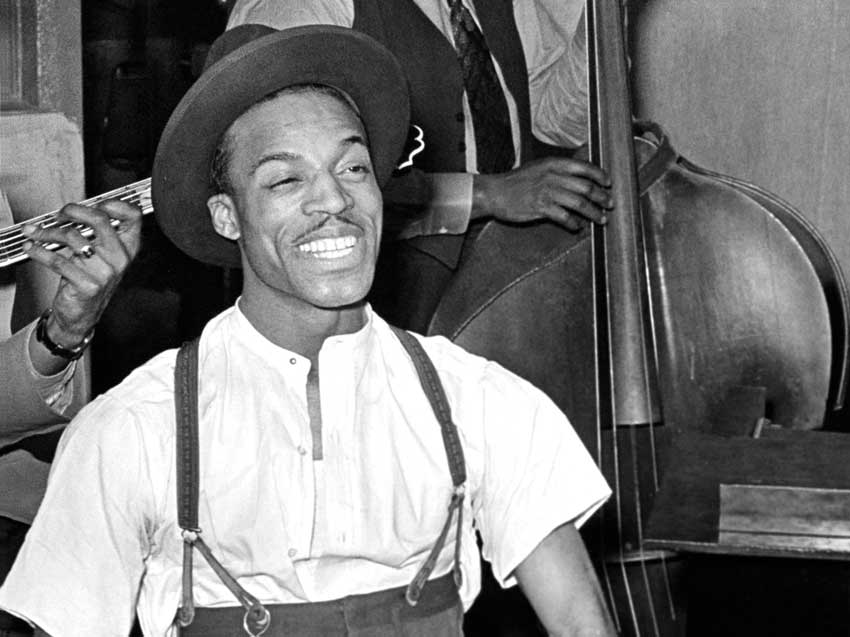
Jo Jones (1911-1985)
‘Papa’ Jo Jones came to prominence as one quarter of what was dubbed the ‘All American Rhythm Section’ when Count Basie’s band arrived in New York from Kansas City in 1937. Jones almost single-handedly defined the role of the hi-hat cymbals in the rhythm section.
His endlessly propulsive, light and swinging time created an airborne feeling in the Basie rhythm section, and in the countless small groups he appeared with until the 1980s. Of particular note is a BBC TV recording of him soloing on the Duke Ellington composition ‘Caravan’ recorded at Wembley Town Hall in 1964.
Key tracks: Count Basie, ‘Doggin’ Around’; Count Basie, ‘The World is Mad’; Jo Jones, ‘The Drums’
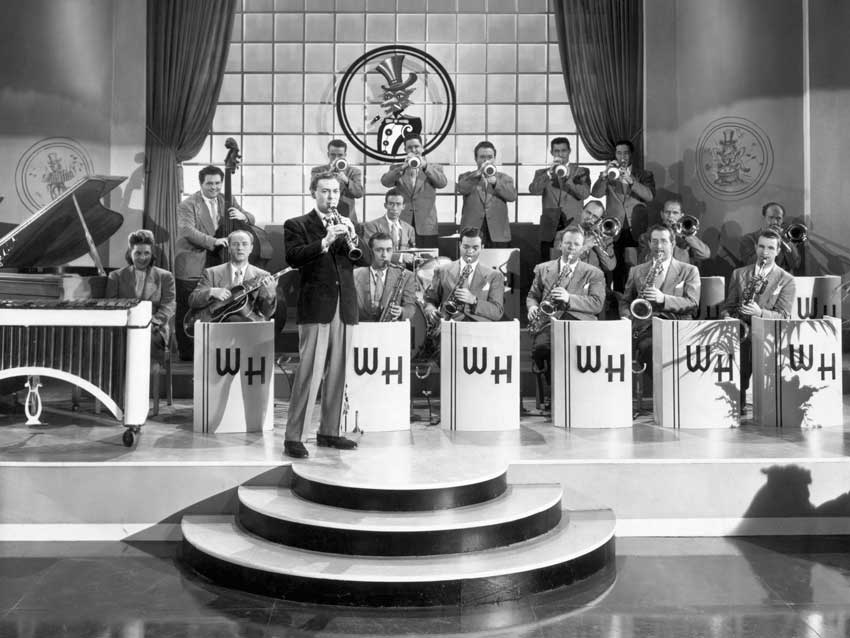
Dave Tough (1908-1948)
You could be forgiven for thinking that the opinion that drumming is all about the groove and not the chops is largely a contemporary one. However, Dave Tough was half a century ahead of his time in this regard. Technique and showmanship played no part at all in Tough’s approach to the drums, and yet he could light a fire under bands both big and small like almost none of his contemporaries.
The esteem in which Tough was held in the industry was such that in the era of the star big-band drum soloist, Tough held down the chair with the bands of Benny Goodman, Artie Shaw and Woody Herman without ever playing a drum solo or twirling a stick.
Key tracks: Bud Freeman, ‘Prince of Wails’; Woody Herman, ‘Wild Root’; Woody Herman,
‘The Good Earth’
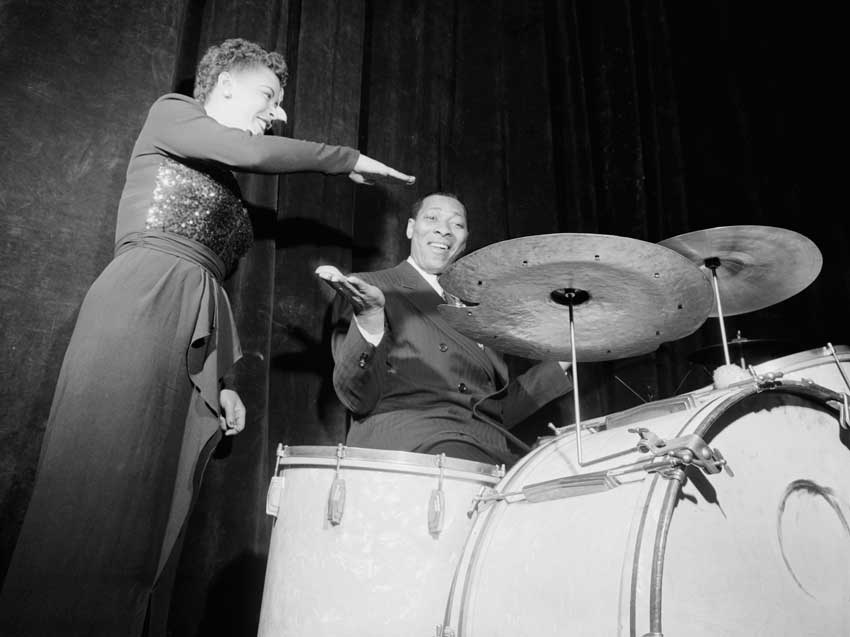
Sid Catlett (1910-1951)
I have to claim a vested interest here. Although he passed away many years before I was born, Catlett (aka ‘Big Sid’, immortalised in a Max Roach solo drum composition) has had the most profound effect on my stick technique.
Watching him play in archive movie footage I couldn’t help but notice the sheer fluidity and total relaxation in his hands. When you see him play a drum everything looks so natural, relaxed and totally devoid of any tension. I was so impressed by this that I was inspired to re-evaluate my approach.
Key tracks: Sid Catlett Quartet, ‘Sleep’; Louis Armstrong And His Orchestra, ‘Here Me Talkin’
To Ya’; Benny Goodman and his Orchestra, ‘Pound Ridge’

Buddy Rich (1917-1987)
Often misunderstood and underestimated particularly by the self-appointed jazz intelligentsia, Rich had spectacular facility, which was matched by a capacity for creativity.
That his musical mind was every bit as fast as his hands is self-evident and for me it is this virtually unique quality that separates him from his contemporaries. Take a look past the chops and check out what a swinging accompanist he could be too. Whilst there is much essential listening in his work as a sideman in the ’30s, ’40s and ’50s, for me it is the recordings with his own band from 1966 onwards which epitomise his mastery.
Key tracks: Swinging New Big Band, ‘Readymix’; The New One, ‘New Blues’; Very Alive at Ronnie Scott’s, ‘Time Being’
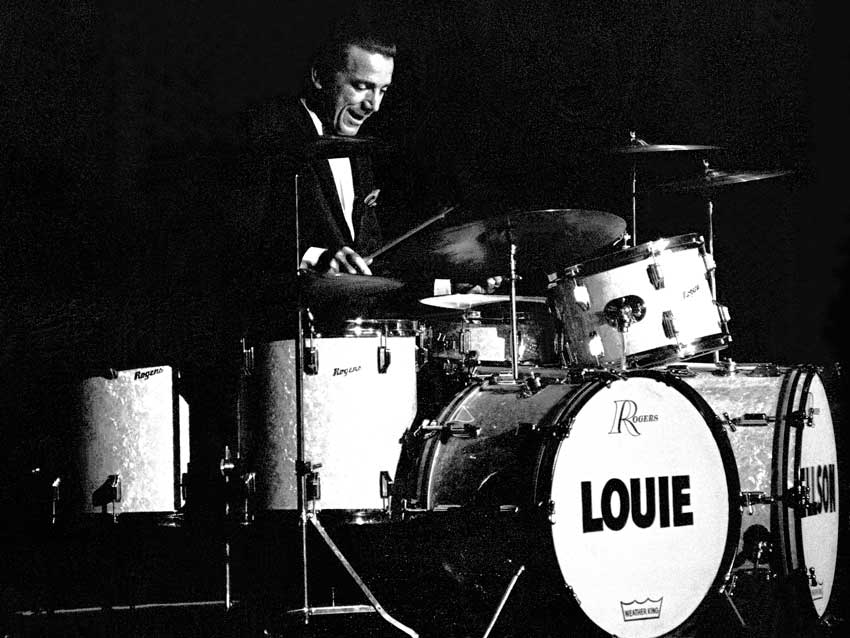
Louie Bellson (1924-2009)
In terms of speed, clarity and facility Louie was second only to Buddy Rich, and often a very close second at that. Have a look on YouTube for a video of him at the Cork Jazz Festival with his big band in 1980 and you will see what I mean.
Furthermore Louie excelled as a composer and arranger. He was truly an all-round musician with a skill-set that would be extraordinary even by today’s standards, and yet he was doing it all as long ago as the 1940s. He will of course be remembered as the pioneer of double bass drum playing, but for me, and perhaps more importantly, I consider him to be the father of the modern drum solo; whereby a drum solo becomes a standalone composition with a beginning, middle and an end. Duke Ellington once described him as, “The world’s greatest musician,” and he may well have been right. An extraordinarily gifted man whom I was proud to know.
Key tracks: Duke Ellington, ‘Skin Deep’, ‘Conversations with B, L & K’; Louie Bellson Big Band, ‘Concord Blues for Blue’
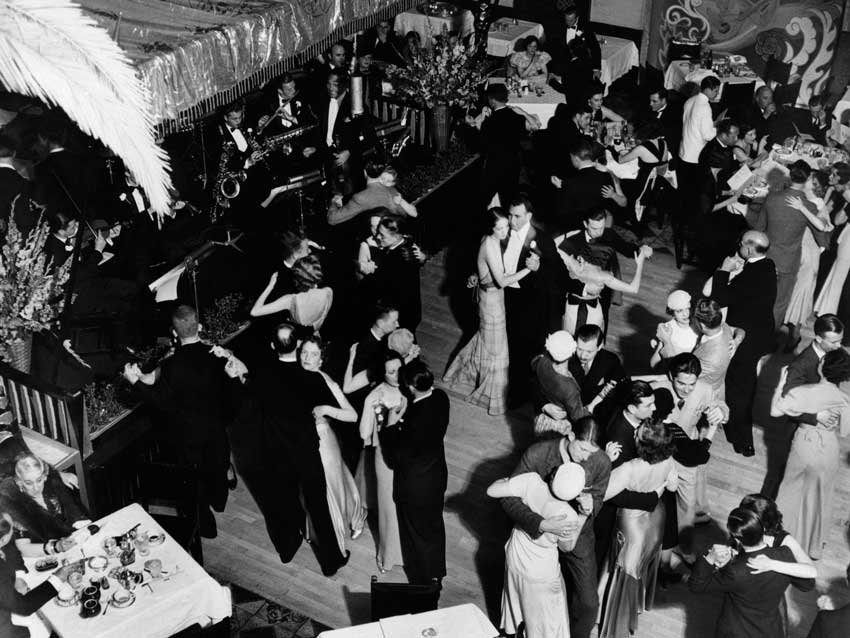
Shelly Manne (1920-1984)
In an era where jazz drumming was almost completely dominated by Buddy Rich and Max Roach, Shelley Manne broke through and achieved national stardom alongside these two heavyweights.
Universally respected for his time, creativity and musicality he achieved international prominence on joining Stan Kenton’s band in 1946. Manne was very much a product of the Dave Tough, Jo Jones school of playing and whilst a capable soloist his priorities lay elsewhere. He was a pioneer in many ways. He was one of the first of the drum stars of the big band era who went on to forge a career in the Hollywood studio scene, and at the same time maintained a prolific recorded output as a jazz player, being a first-call for the West Coast movement and even ran his own jazz club. Check Shelley out in both big band and small group settings.
Key tracks: Stan Kenton, ‘Artistry In Percussion’; The Big Shorty Rogers Express, ‘Tale of an African Lobster’; Shelley Manne Live At The Blackhawk Vol 1, ‘Poinciana’
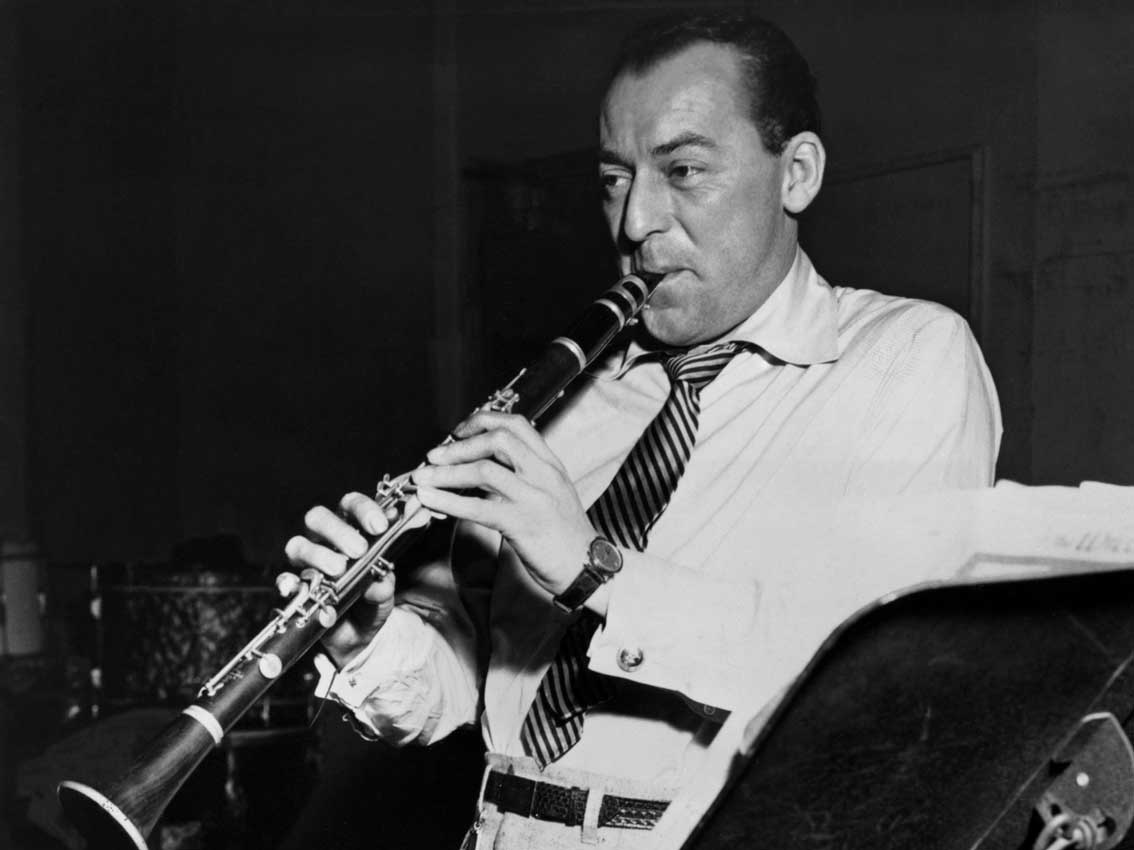
Don Lamond (1920-2003)
Very much in a similar groove to Shelley Manne, Lamond’s place in drumming history is as one of the great modernisers of the style. It’s been said that when Lamond came to prominence in the late-’40s even Buddy Rich updated his approach.
Lamond had the unenviable task of succeeding the legendary Dave Tough in the band of Woody Herman (pictured), which he did to memorable effect. An early adopter of bebop concepts in the context of big band music, his 1947 recordings with the Herman band are notable for a much lighter, ride cymbal-focussed groove than was the case in Krupa’s heyday 10 years previously, and he also started to ‘drop bombs’ with the bass drum, to use the parlance of the era. Lamond’s calf head bass drum sound on these recordings is without doubt one of the best. Like Shelley Manne, in later years he went on to forge a successful career as an in-demand studio player.
Key tracks: Woody Herman, ‘Keen And Peachy’; Ted McNabb and Company, ‘Mountain Greenery’; Quincy Jones, ‘Birth Of A Band’
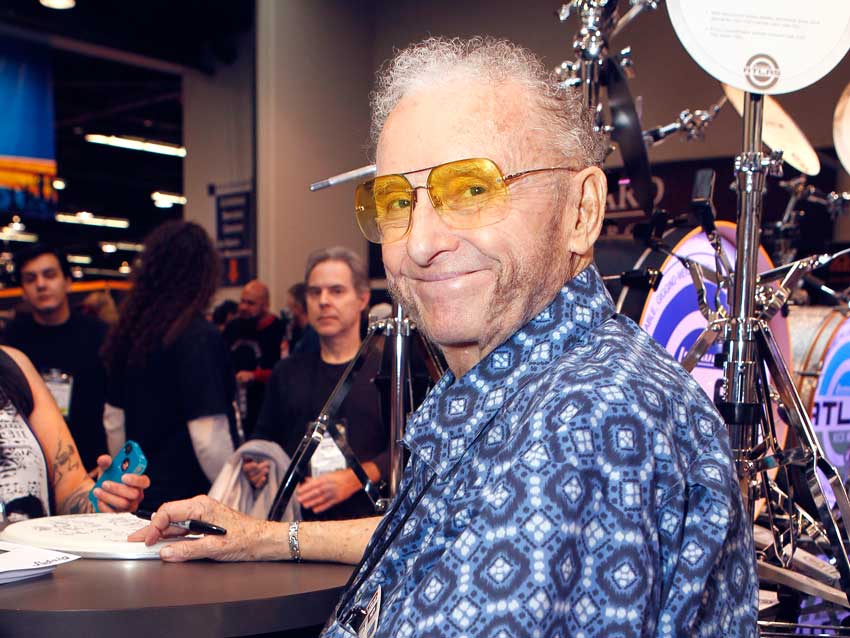
Ed Shaughnessy (1929-2013)
Johnny Carson’s Tonight Show, Ed Shaughnessy had one of the best regular gigs in the world, which he thoroughly deserved. Ed managed to keep his playing up to date without ever losing contact with his swing era and bebop roots. In his time off from his TV gig he was also a very able small band jazz drummer (big band drummers aren’t always, and vice versa!) as well as an articulate and informative clinician.
Ed had the perfect blend of groove and chops and constantly dispelled the nonsense about these two qualities being mutually exclusive. Check out Shaughnessy’s legendary drum battle with Buddy Rich on YouTube. Ed gets about as close as anyone ever did.
Key tracks: Jimmy Smith, ‘Walk On The Wild Side’; Tonight Show Band Vol 1, ‘Shawnee’; Broadway Basie’s Way, ‘Everything’s Coming Up Roses’
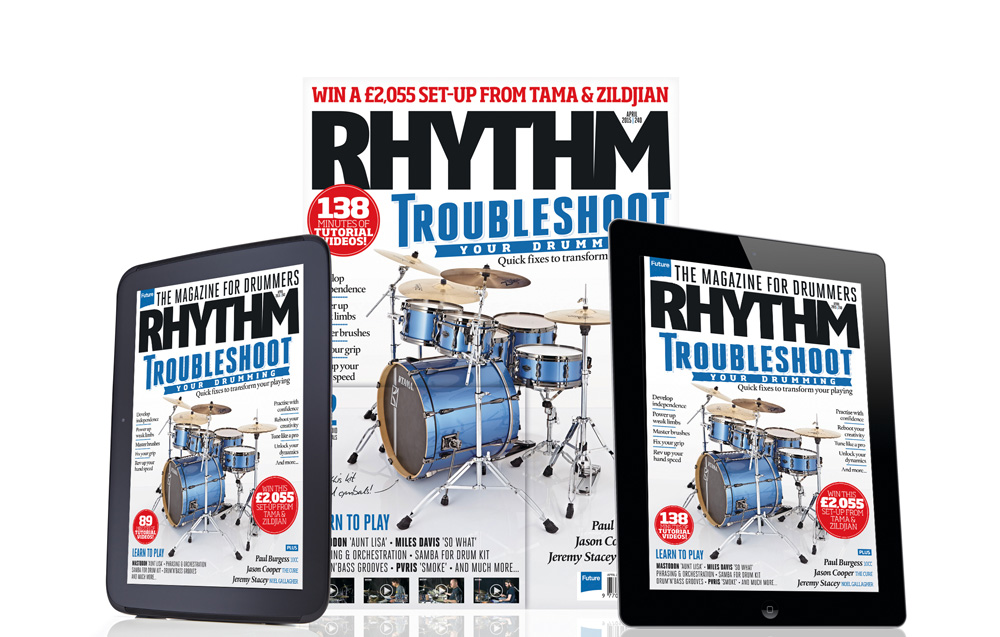
Want more?
UK Big Band drumming maestro Pete Cater presents his Beginners Guide to Big Band Drumming exclusively in Rhythm.
Pete looks at recreating the sound of the swing greats, technique, soloing and more. Get Rhythm in print or digitally from http://bit.ly/rhythmmagazine.

MusicRadar is the number one website for music-makers of all kinds, be they guitarists, drummers, keyboard players, DJs or producers...
- GEAR: We help musicians find the best gear with top-ranking gear round-ups and high-quality, authoritative reviews by a wide team of highly experienced experts.
- TIPS: We also provide tuition, from bite-sized tips to advanced work-outs and guidance from recognised musicians and stars.
- STARS: We talk to musicians and stars about their creative processes, and the nuts and bolts of their gear and technique. We give fans an insight into the craft of music-making that no other music website can.